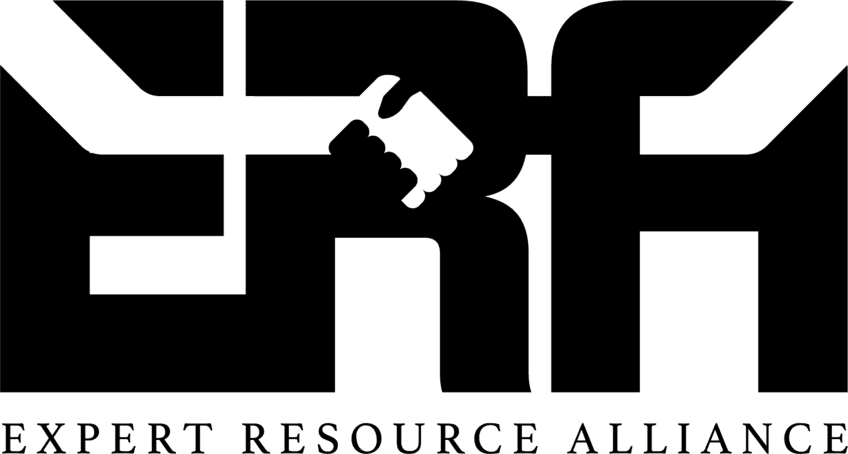Key Takeaways
- In 2023, the US Human Resources market reached a value of $93.8 billion and experienced a 4.9% CAGR in HR consulting.
- The future of HR focuses on leveraging technology, attracting global talent, and prioritizing employee well-being. To stay informed, follow the 10 HR changes below.
U.S Human Resources (HR) Market Overview In 2023-2024
The US HR market is changing significantly due to technology and employee expectations. Here are ten key points:
1. Market Size of Human Resources: Valued at $93.8 billion in 2023, with steady growth expected (source: IBISWorld).
2. HR Consulting Revenue: Grown at a 4.9% CAGR over the past five years, reaching an estimated $36.6 billion in 2024 (source: IBISWorld).
3. Tech Integration: 80% of businesses use HR software, which boosts automation and data-driven decisions (source: Forbes).
4. Slow Labor Market: The average U.S. unemployment rate was 3.6% in 2023 (source: U.S. Bureau of Labor Statistics) and is predicted to rise to approximately 3.9% in 2024 (source: Morningstar).
5. High Turnover: The average turnover rate in the US was 3.8% in 2023, with voluntary resignations contributing around 2.5% and layoffs/terminations about 1% (source: Forbes).
6. Layoffs Statistics: The layoff rate decreased from 2.3% in October 2023 to 1.5% in January 2024, with a notable decline in layoffs by May 21, 2024, compared to Q1 2023 (source: SavannahCEO).
7. Job Growth: 175,000 jobs were added in April 2024, slightly below expectations (source: U.S. Bureau of Labor Statistics).
8. Employment Rate: About 60.1% in December 2023, expected to rise to 60.3% in 2024 (source: U.S. Bureau of Labor Statistics).
9. Industry Employment (2023): Education and Health Services emerged as the largest US employer, with approximately 36.4 million employees (source: Statista).
10. Recruitment Growth (2024 Forecast): Total jobs hit 160.3 million, with the Healthcare and Social Assistance sector expected to generate over one-third of new jobs (source: U.S. Bureau of Labor Statistics).
Future of HR: Trends To Be Aware Of For Your Workforce
Business owners should know ten future HR trends to stay ahead in the evolving human resources landscape.
1. Prioritize Worker Benefit And Well-Being
Prioritizing worker benefits is an ongoing HR trend, ensuring staff well-being and business success. With 76% of workers experiencing burnout, it incurs significant costs. Harvard and Stanford researchers estimate workplace stress costs the US $190 billion annually in healthcare expenses.
To make the workplace less stressful and more resilient, business owners can talk openly with workers, encouraging them to discuss their mental health. Another good idea is to set up a team focusing on mental health, with help from psychotherapists.
For example, aware of these circumstances, Unilever established the Healthier U program, which benefits over 76,000 employees across 75 countries. The program offers free health assessments and advice on nutrition, sleep, recovery, and physical activity. Consequently, Healthier U has contributed to a notable 40% increase in mental resilience.
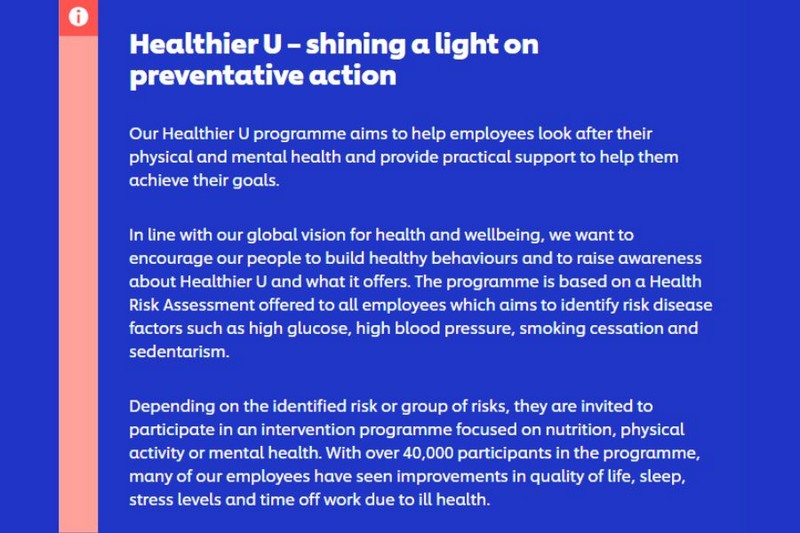
2. Implement Diversity, Equity, and Inclusion (DE&I)
Diversity, Equity, and Inclusion (DE&I) creates a respectful work environment by addressing bias and discrimination. This HR trend is gaining traction among businesses. The Center for a New Economy and Society reports that 2,200 CEOs and presidents pledged to enhance workplace inclusivity by 2023, with DE&I budgets projected to reach $15.4 billion by 2026.
To build an effective DE&I strategy, business leaders should ensure equal pay and benefits, pursue diverse hiring practices focusing on gender and age equity, and use tools like infographics, memos, and videos to communicate DE&I initiatives and gain management support.
For instance, Sodexo emphasizes gender parity and has been featured in Bloomberg’s Gender Equality Index in 2020. Women comprise 37% of its executive committee and 60% of its board of directors. Sodexo has found that achieving optimal gender balance boosts employee engagement by 4% points and increases brand image by 5% points.
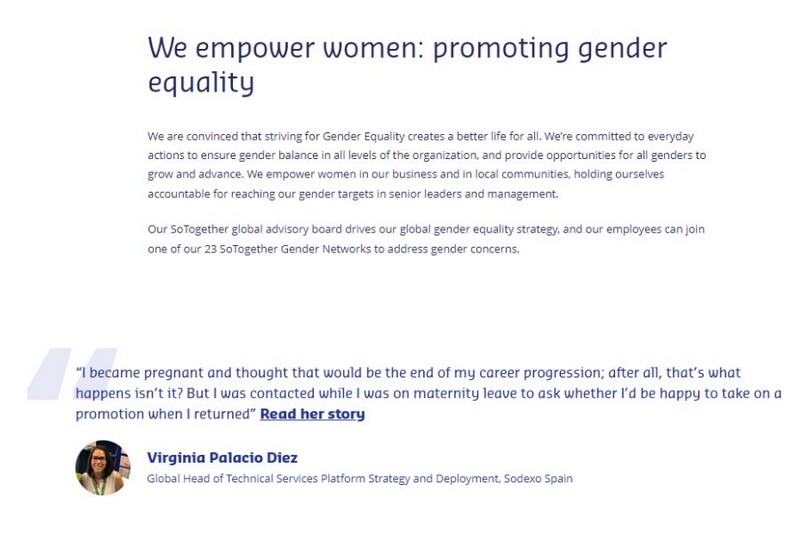
3. Keep Up With The Hybrid Working Model
Post-pandemic, hybrid work models are increasingly popular, allowing employees to split their time between the office and elsewhere, enhancing work-life balance. Businesses save on office space and utilities. AT&T Business forecasts hybrid work will grow from 42% in 2021 to 81% in 2024.
Effective hybrid work solutions start with surveying employees to understand their preferences and determine how many days they want to work in person. Investing in technologies like communication tools and videoconferencing equipment simplifies workflows for both on-site and remote workers.
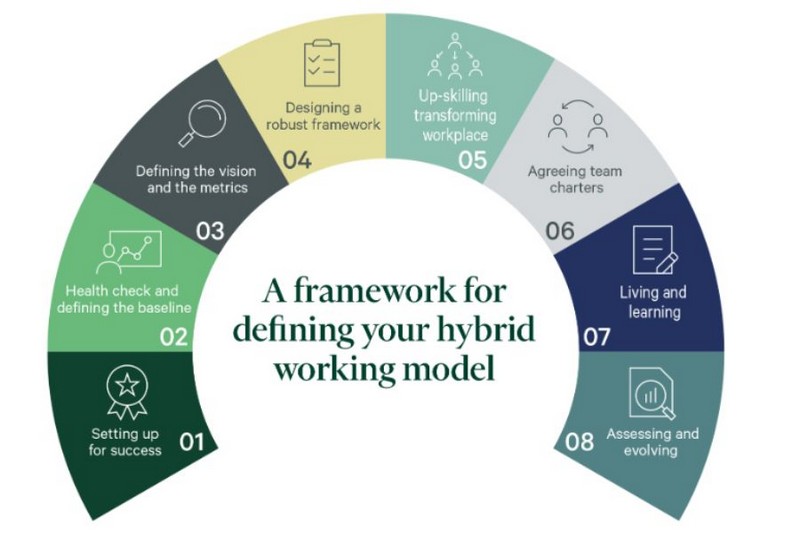
For instance, Amazon requires employees to be in the office at least 3 days a week starting May 2024. In the article, CEO Andy Jassy emphasized that the hybrid policy aids collaboration, learning, and nurturing workplace culture while maintaining workforce satisfaction.
4. Utilize Generative AI To Enhance The HR Process
Generative AI (GenAI) can generate new data, such as text, images, or code. In HR management, companies use GenAI to develop chatbots that automatically create job descriptions, post vacancies, and select top candidates. Experts predict that by 2032, the GenAI market in HR will reach $1.67 billion, highlighting its future significance.

To leverage Generative AI, business owners can hire a GenAI developer or purchase HR management software on a GenAI platform. Developers can create tailored tools by outlining specific workforce management needs, such as timekeeping, payroll, tax calculation, or employee performance evaluation.
For example, Mastercard partnered with HR tech company Phenom to deploy an AI talent analytics and recruiting platform to manage applicant volumes and identify top candidates. This collaboration resulted in an 85% increase in interview scheduling, with 88% scheduled within 24 hours and a 900% increase in candidate profiles.
5. Evolve Employee Skilling and Upskilling
Employee skilling and upskilling are vital future HR trends, driven by rapid technological advancements that necessitate a highly skilled workforce for competitiveness. These initiatives also enhance employee retention and attract top talent.
To develop effective continuous learning programs, companies personalize the learning path for each employee, addressing their specific skill gaps and career goals. They also utilize engaging learning methods like microlearning modules, blended online and in-person experiences, and gamification.
For instance, Amazon’s Upskill 2025 initiative prepares workers for the future digital workplace, featuring programs like the Mechatronics and Robotics Apprenticeship. Employees undergo training in mechatronics and robotics to qualify as technicians, leading to increased earnings and better career prospects.
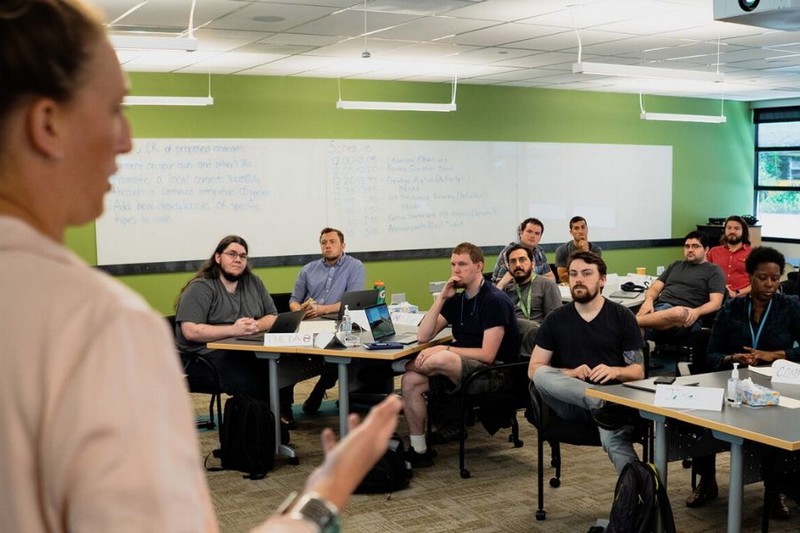
6. Executive A Four-Day Workweek
The four-day workweek condenses a full-time workload into four days instead of the traditional five. A July 2023 Bankrate survey showed that 89% of full-time workers favor a four-day workweek. Moreover, a US Senate bill has proposed reducing the ordinary workweek from 40 to 32 hours, demonstrating growing interest in alternative work models.

Companies must ensure profitability and productivity despite reduced hours to implement the four-day workweek effectively. They should also limit meetings and avoid expecting employees to respond to emails after a particular hour to prioritize essential tasks.
For instance, in 2019, Microsoft in Japan implemented a four-day workweek trial to promote work-life balance. The initiative boosted productivity by 40% and cut electricity costs by nearly 25%. Microsoft has since maintained this model due to its success.
7. Build A Global Team Leveraging EOR Services
Employer of Record (EOR) enables companies to penetrate the global market and boost talent acquisition without establishing a physical presence. EORs manage your global contingent workforces payroll, taxes, and benefits, freeing up internal HR teams for core talent management strategies.
To choose the right EOR partner, consider their understanding of local regulations, responsiveness, support availability, and client testimonials.
For example, when entering the North American market, Klikit, a Singapore-based online food ordering aggregator, partnered with an EOR company. This collaboration allows them to offer competitive benefits to local employees, including comprehensive insurance packages, life insurance, pensions, and flexible retirement options.
Ready to build a global dream team? Explore ERA’s EOR services and unlock the full potential of the talent pool.
8. Close The Gap Between Perceived And Actual Productivity
A Microsoft study found 87% of employees believe they are productive, but only 12% of executives agree. This gap underscores the need for leaders to rethink how they measure and manage employee performance, moving beyond traditional metrics like hours worked and output produced.
To create an inclusive culture, business owners should regularly solicit employee feedback and foster open conversations to understand their expectations, ideas, and concerns. They should also inform employees about company decisions, goals, and challenges to create trust within the team.
For example, to emphasize employee satisfaction as a key to overall success, Hilton engages employees at all levels with its mantra, “Happy team members lead to happy guests.” Hilton culture ensures every team member feels valued, cared for, and recognized, much like a VIP at a red carpet event.

9. Enhance The Importance Of Cognitive Skills In The Age Of AI
As AI automates many routine tasks, the emphasis shifts to cognitive skills that AI cannot replicate, such as critical thinking, creativity, and problem-solving. The World Economic Forum predicts that 44% of workers’ core skills must adapt within the next five years. To address this landscape, they identify 15 cognitive skills that become increasingly important.

Businesses can implement training programs to foster cognitive skills in employees, such as Critical Thinking Frameworks (e.g., SWOT analysis, 5 Whys), Problem-Solving Methods (e.g., Design Thinking, Lean Six Sigma), and Data Analysis Techniques (e.g., data visualization, statistical analysis, data analysis software).
For example, after recognizing a shortage of candidates for their Cyber Security team, IBM adopted a skills-based recruiting approach, focusing on job-specific and cognitive skills rather than formal degrees. This strategy reduced the skillset-applicant mismatch, increased candidate diversity, and improved performance.
10. Manage Blended Workforce FTE’s & Contractors
A blended workforce is a hiring strategy combining full-time workers, part-timers, contractors, contingent workers, independent / freelancers, and digital workers, designed to augment human labor tasks. This concept has appeared previously; however, the significant change is that contingent workers are projected to make up half the US workforce by 2027.
To run a blended organization well, companies can use HR software to handle contracts, track hours worked by contingency workers, and handle payroll. They can also use tools like video calls, messaging apps, and teamwork platforms for regular check-ins and quick feedback, keeping everyone connected no matter where they are.
For instance, to uphold diversity and flexibility in its workforce, P&G frequently hires freelancers for various roles like marketing campaigns, event planning, administrative tasks, and contractors for data analysis. However, freelance candidates are not considered employees of P&G and are ineligible for employment benefits.

Frequently Asked Questions
1. What Are The Key Trends Shaping The Future Of Human Resource Management?
Critical trends like artificial intelligence (AI), employee well-being, and flexible work are shaping the future of HRM. Other significant trends include data-driven decisions, teaching new skills, and promoting diversity and fairness.
2. How Will Technology Impact HR Practices In The Future?
Technology revolutionizes HR communication, record management, and performance evaluation. Proper use enhances HR efficiency, while misuse hinders management.
3. What Role Will Employee Well-Being Play In The Future Of HR?
Employee well-being has recently become increasingly important for HR and will remain a top priority. HR professionals will be crucial in implementing comprehensive wellness programs and providing access to counseling services.
4. What Does The Future Of Human Resources Look Like In 2030?
By 2030, HR experts will heavily depend on AI for screening candidates, onboarding employees, and predicting talent needs. Automation will simplify routine administrative duties, enabling HR teams to prioritize strategic and people-centered aspects of their roles.
Ms. Tracy has worked in human resource consulting for over 15 years. A driven entrepreneur focused on business expansion and people development. She previously worked as Country Manager for an international Australia firm that specializes in global workforce management, as well as several key roles as Business Growth Director and Executive Search Director for both large local firms to effectively drive their business growth. A strong emphasis is placed on aligning organizational priorities/objectives with business needs. She has a large network of local business leaders and a thorough understanding of the local market.
